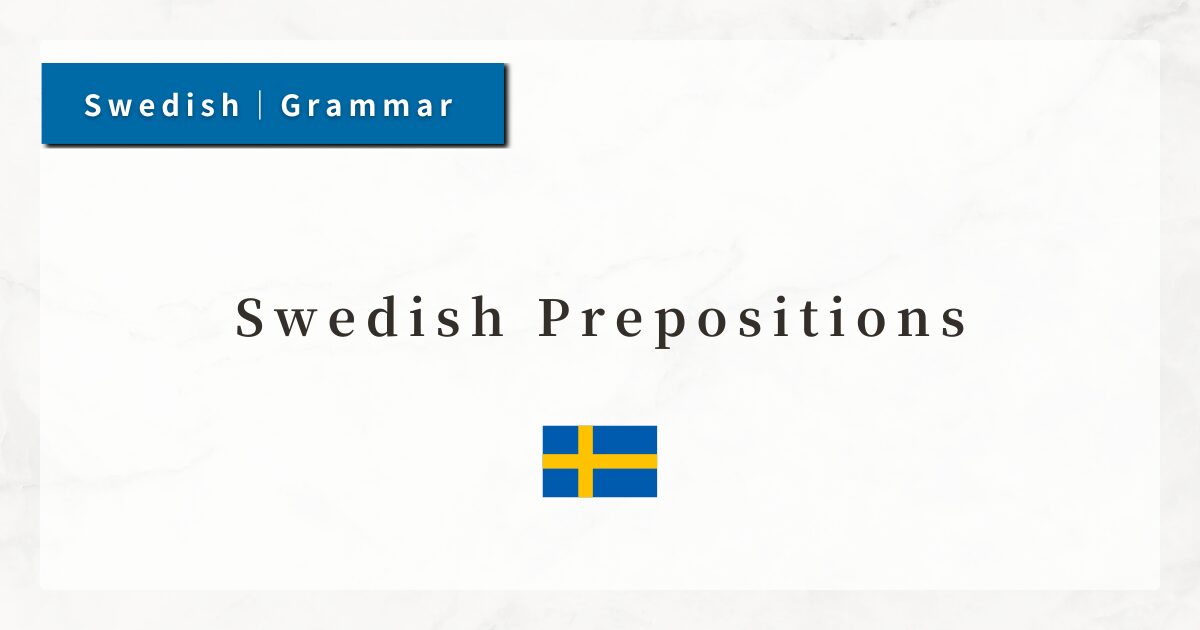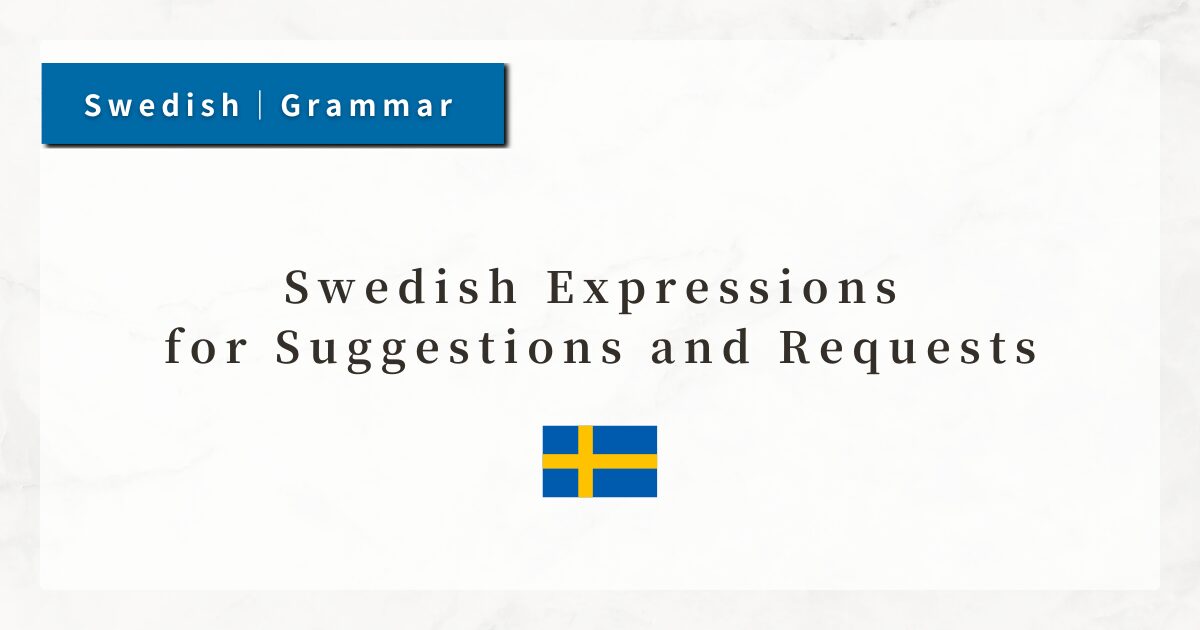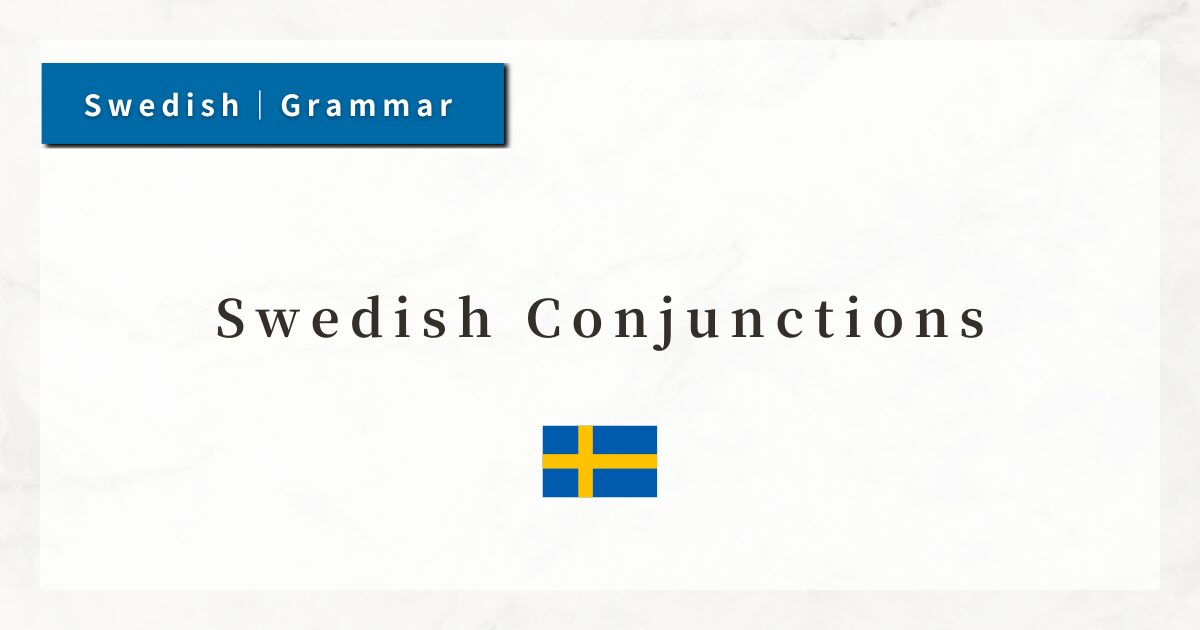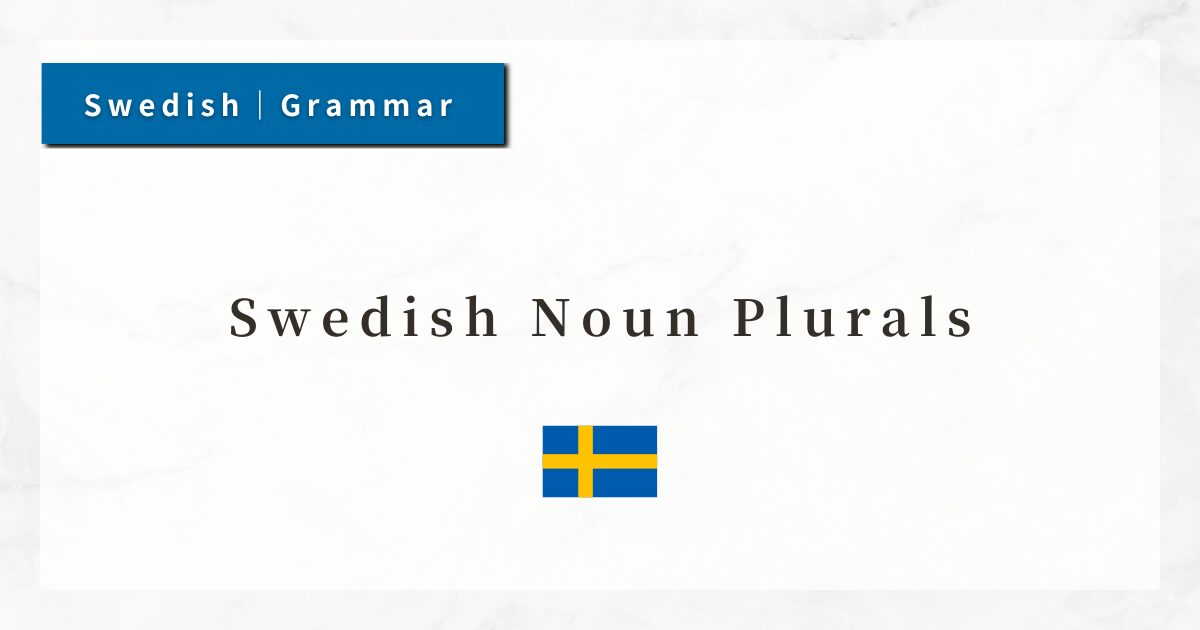#54 Swedish Deponent Verbs|Examples and Conjugation Rules
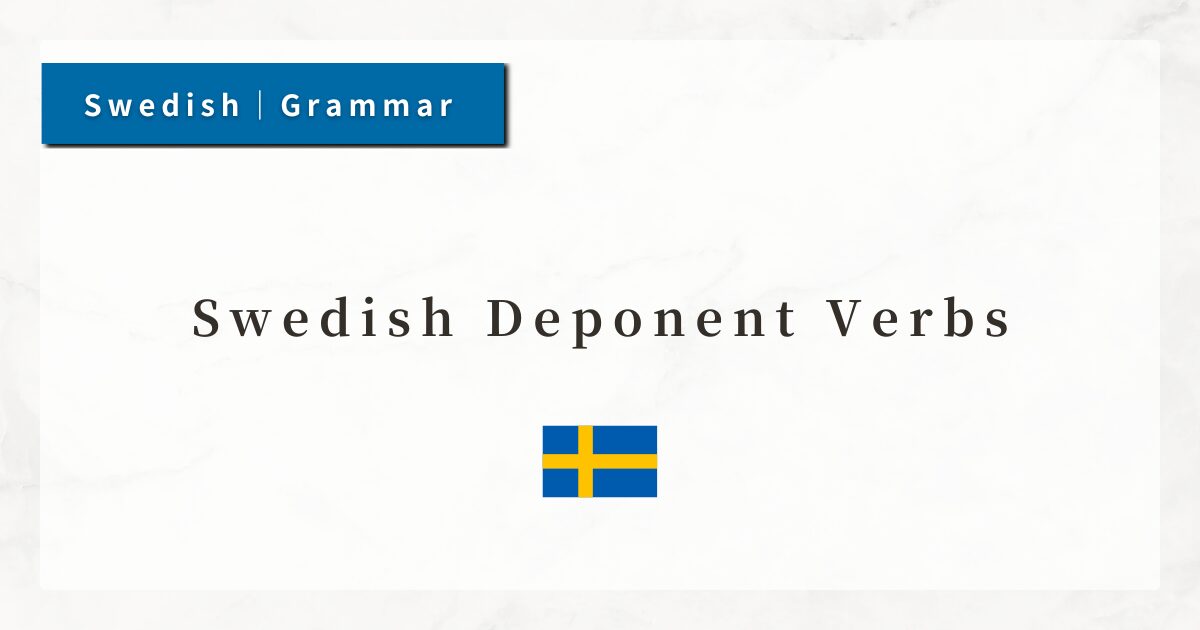
In Swedish, there is a special group of verbs called deponent verbs. Although these verbs look like passive forms (ending in -s), their meaning is active, not passive.
For example, verbs such as andas (to breathe) and trivas (to feel comfortable) appear to have a passive form, but they function with an active meaning.
In this lesson, I will explain the structure of deponent verbs, their most common examples, and their grammatical features.
1. What Are Deponent Verbs?
Normally, in Swedish, adding -s to the end of a verb makes it passive:
- Dörren öppnas.
(The door is opened.) - Boken läses av många.
(The book is read by many people.)
However, with deponent verbs, the verb looks identical to a passive -s form, but the meaning is not passive. Instead, it is active.
- Han andas lugnt.
(He is breathing calmly.) - Hon trivs i Sverige.
(She enjoys living in Sweden.)
2. Common Deponent Verbs
Below is a list of frequently used deponent verbs in Swedish:
| Verb | Meaning | Example |
|---|---|---|
| andas | to breathe | Han andas lugnt. (He is breathing calmly.) |
| finnas | to exist | Det finns många böcker här. (There are many books here.) |
| trivas | to feel comfortable, to thrive | Hon trivs i Sverige. (She enjoys living in Sweden.) |
| lyckas | to succeed | Han lyckades med provet. (He passed the test.) |
| misslyckas | to fail | Hon misslyckades på tentan. (She failed the exam.) |
| minnas | to remember | Jag minns den dagen. (I remember that day.) |
| hoppas | to hope, to wish | Jag hoppas att du mår bra. (I hope you are doing well.) |
3. Grammatical Features of Deponent Verbs
3-1. They Have an Active Meaning
Deponent verbs look like passive verbs because of their -s ending, but their meaning is active.
- Han andas.
(He is breathing.) - Hon lyckas.
(She succeeds.)
Translating them as passive (“is breathed,” “is succeeded”) would make no sense. Distinguishing them from true passive verbs is essential.
3-2. They Conjugate Like Regular Verbs
Deponent verbs follow the same conjugation rules as other verbs:
- Present
→ Jag hoppas. (I hope.) - Past
→ Jag hoppades. (I hoped.) - Future
→ Jag kommer att hoppas. (I will hope.)
They are simply verbs that end in -s, without having any special conjugation system.
3-3. Distinguishing Them from Passives
Since they look the same as -s passive verbs, context must determine whether the verb is passive or deponent.
- Passive
→ Boken läses av många.
(The book is read by many people.) - Deponent
→ Det finns ett problem.
(There is a problem.)
4. Comparison with Reflexive and Reciprocal Verbs
In Swedish, several verb types use an -s ending, so it is important not to confuse them:
- Passive (-s): expresses a true passive meaning.
- Reciprocal (-s): expresses a mutual action.
- Deponent (-s): verbs with an active meaning despite their form.
- Reflexive (with sig): expresses an action done to oneself.
5. Summary
- Deponent verbs look like passive forms but have active meanings.
- Examples include andas, finnas, trivas, lyckas, hoppas.
- They conjugate normally, like other verbs.
- They must be translated actively, not passively.
- It is important to distinguish them from true passives, reflexive verbs, and reciprocal verbs.

